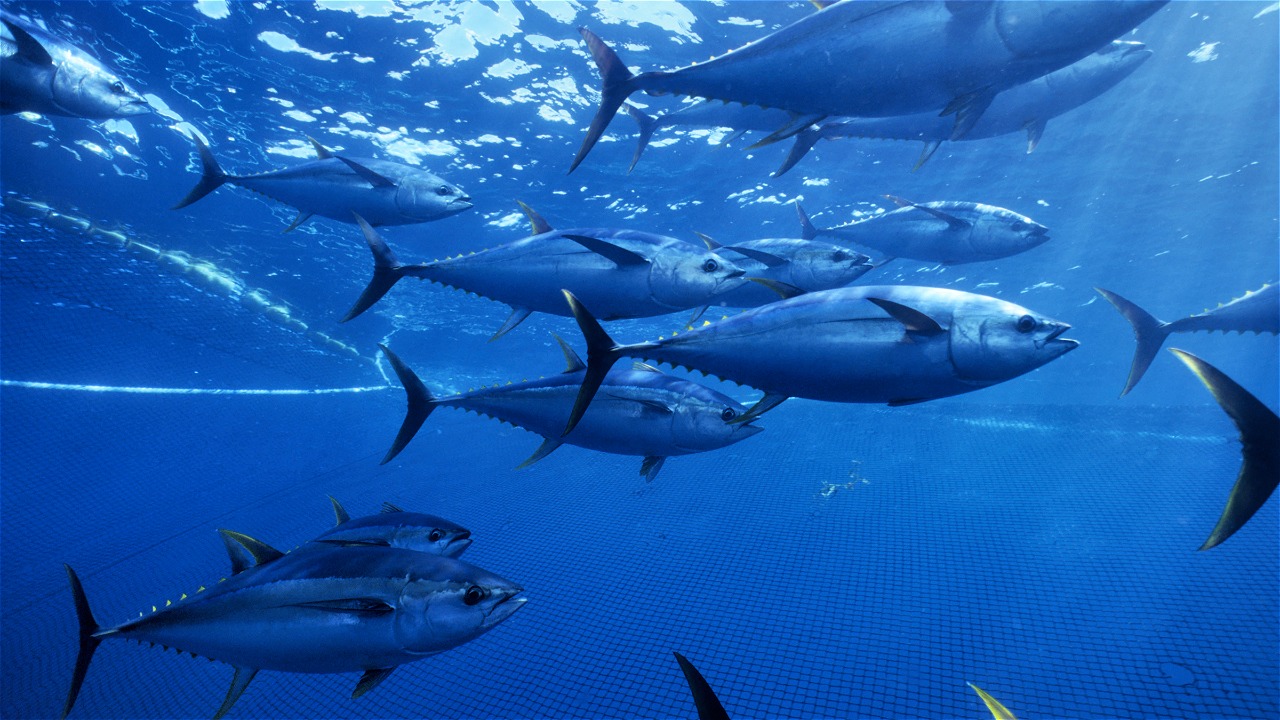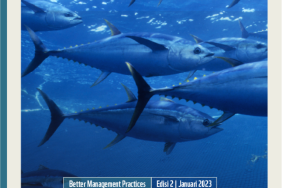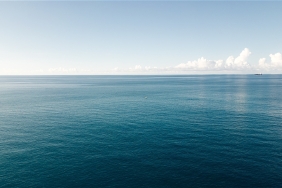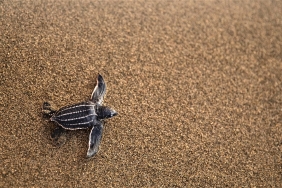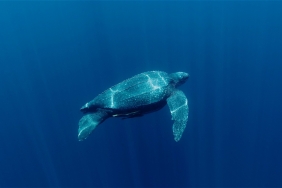TRADITIONAL FADS, A TUNA GATHERING TOOL AT SENDANG BIRU
By: Zainul arifin (Capture Fisheries Assistant For Tuna Fisherman Community Engagement WWF-Indonesia)
After getting to know many kinds of tuna fishing gear in Sendang Biru, I was again given a curiosity about fish gathering tools, namely FADs. Starting with rushing to the pier at Sendang Biru on May 14, I was ready to find out more about FADs.
On May 16, I conducted random interviews with fishermen, the head of the fishermen's group, employees of the Malang District Fisheries Office (DKP), boat owners and boat managers. The questions I asked included the types of FADs used, the components of making FADs, the latitude and longitude of FADs, the rules for making FADs and what sanctions are given if someone steals fish from another fisherman's FADs.
Until finally I got information about FADs in Sendang Biru from the results of yesterday's interview. There are two types of FADs that can be found there, namely:
- Standard FADs, these FADs are only installed up to latitude 8 with a depth range of 1,500 - 2,000 meters used by a maximum of 6 people. The range of distance from Sendang Biru harbor to the FADs location is about 2 - 2.5 miles for the closest distance.
- Fixed FADs, these FADs are installed above latitude 8, depth range 2,500 - 5,000m, used by a maximum of 8 people. The distance of fixed FADs is more than 2.5 miles.
According to the Minister of Marine Affairs and Fisheries Regulation No. 26 of 2014, there are two types of FADs that can be used, namely drifting FADs and fixed FADs. Drifting FADs are not placed permanently, are not equipped with anchors and drift with the direction of the current. Meanwhile, fixed FADs are FADs that are placed permanently using anchors. Fixed FADs themselves are divided into two categories, namely surface FADs and bottom FADs. Surface FADs are equipped with attractors that are placed in the surface column of the water permanently to collect pelagic fish and bottom FADs are equipped with attractors that are placed on the bottom of the water to collect demersal fish.
Knowing FADs Closer
My interest in getting to know FADs stems from the object we are researching about FAD-based handline tuna management in Sendang Biru. In addition, FADs themselves became very interesting after I saw the activities carried out by boat fishermen in catching tuna. According to the fishermen, without FADs they find it difficult to catch fish.
Each sloop on average has more than three FADs to catch fish. These FADs are placed in fishing areas that fishermen usually go to, namely at 8º00'00" - 12º00'00" N.S. and 112º00'00" - 116º00'00" WEST. Fishermen usually take one to two days of traveling to reach these coordinates. According to information from Mr. Ongkik, a UPTD employee and Secretary of a large group of fishermen along with several Sendang Biru fishermen, the number of boat masters who utilize one FAD is 5-10 people.
The status of boat juragan can be seen from the cooperation relationship to make one FAD. If each juragan has six boats, it means that the number of boats that will utilize the FAD is the number of boats owned by the juragan multiplied by the number of juragan who cooperate in making one FAD. So if you follow the calculation example above, there are about 18 boats that utilize one FAD in Sendang Biru. Meanwhile, the price of making one FAD unit ranges from Rp.35,000,000-Rp.80,000,000 depending on the construction, installation distance, material, and depth of the FAD. One of the core components of the FADs made in Sendang Biru are buoys, attractors, ropes, and weights or anchors.
The rules in the management of FADs agreed upon by fishermen are to utilize the FADs in turn so that the fish in the FADs are not stolen. Because fishermen who steal fish belonging to other FADs will be subject to sanctions in accordance with the collective agreement. The sanction itself that has been imposed is 10% of the catch, but it can still change depending on the results of the collective agreement. It is hoped that although FADs make it easier to catch fish, fishermen will still be wise in catching fish so that marine biota in Sendang Biru can remain sustainable and fishermen will be more prosperous.

